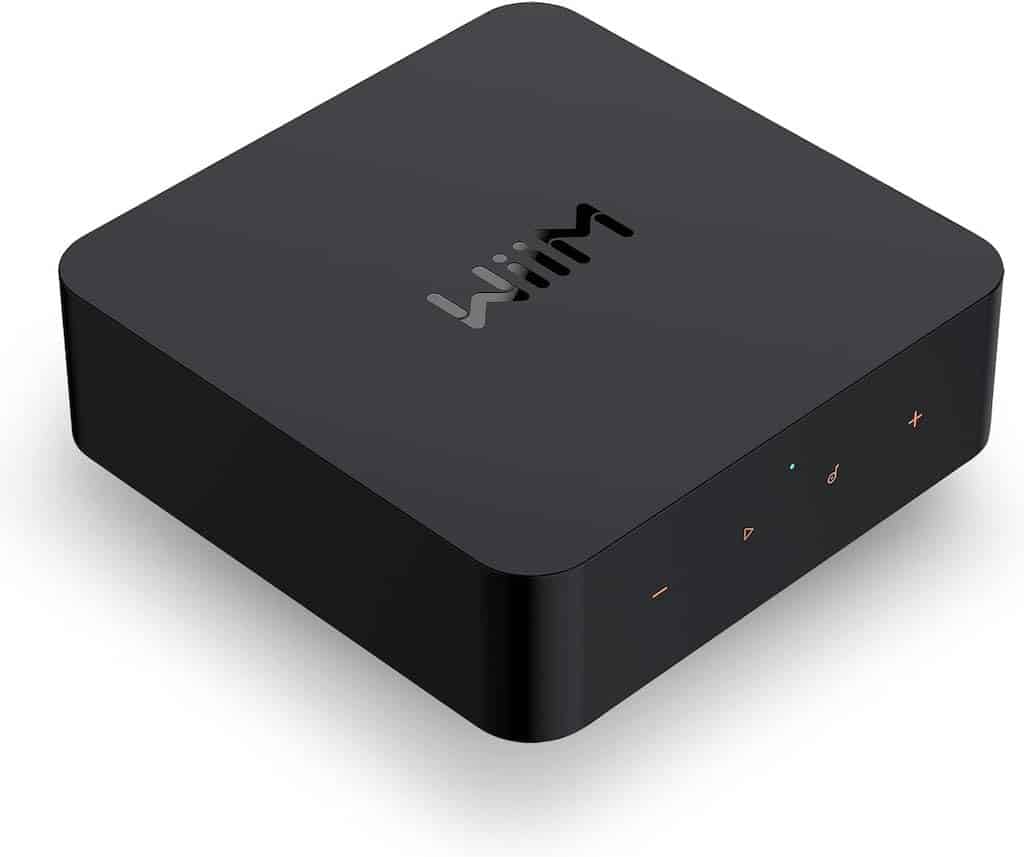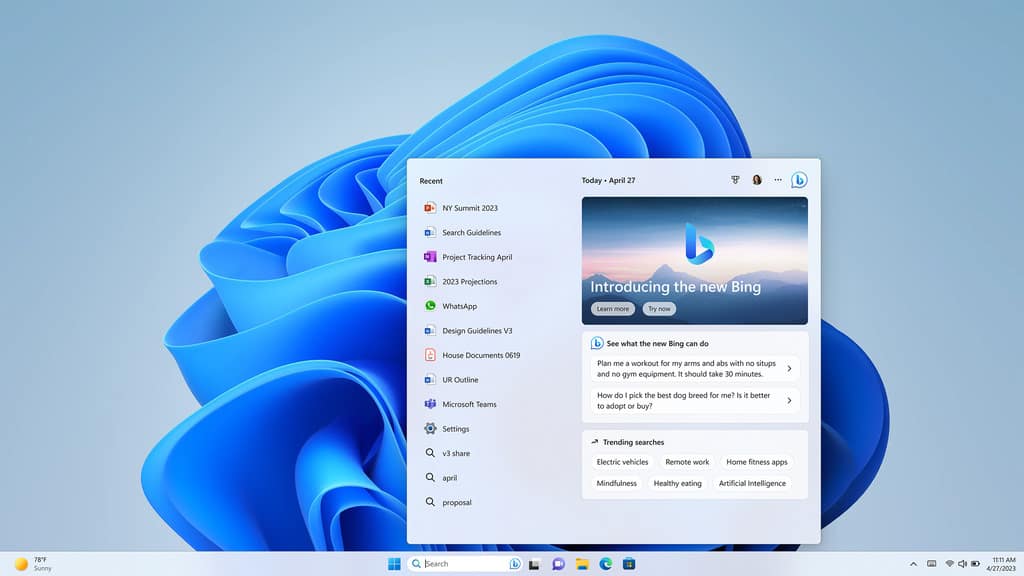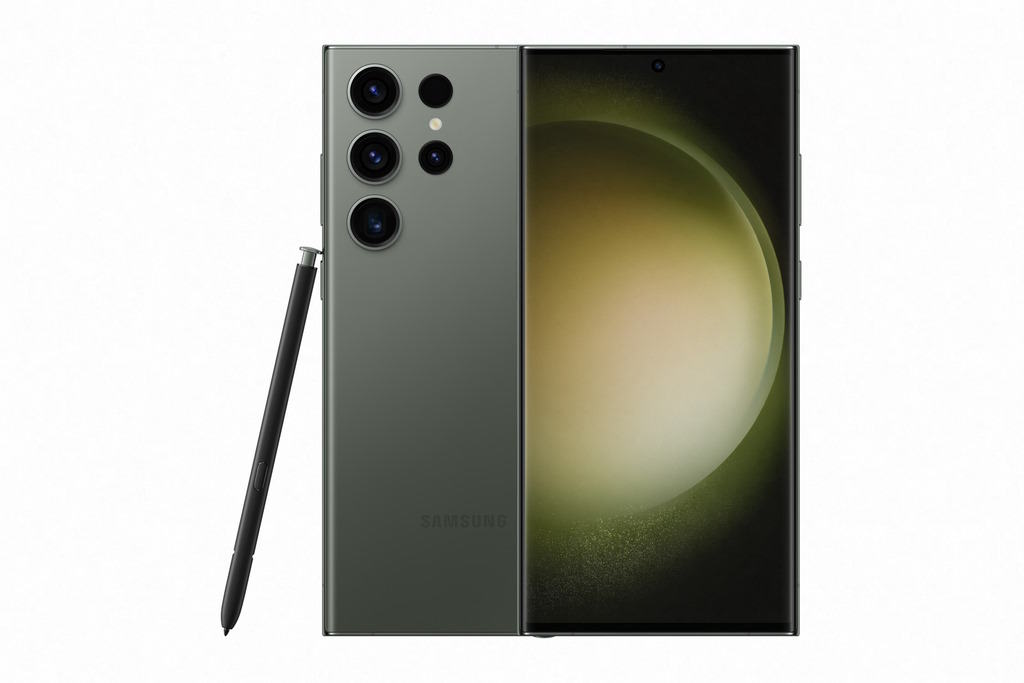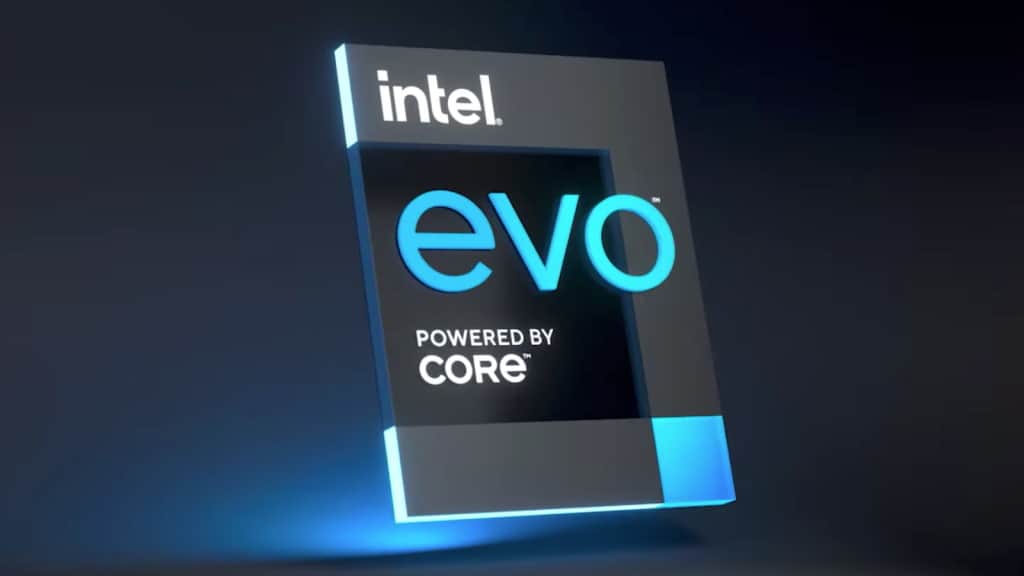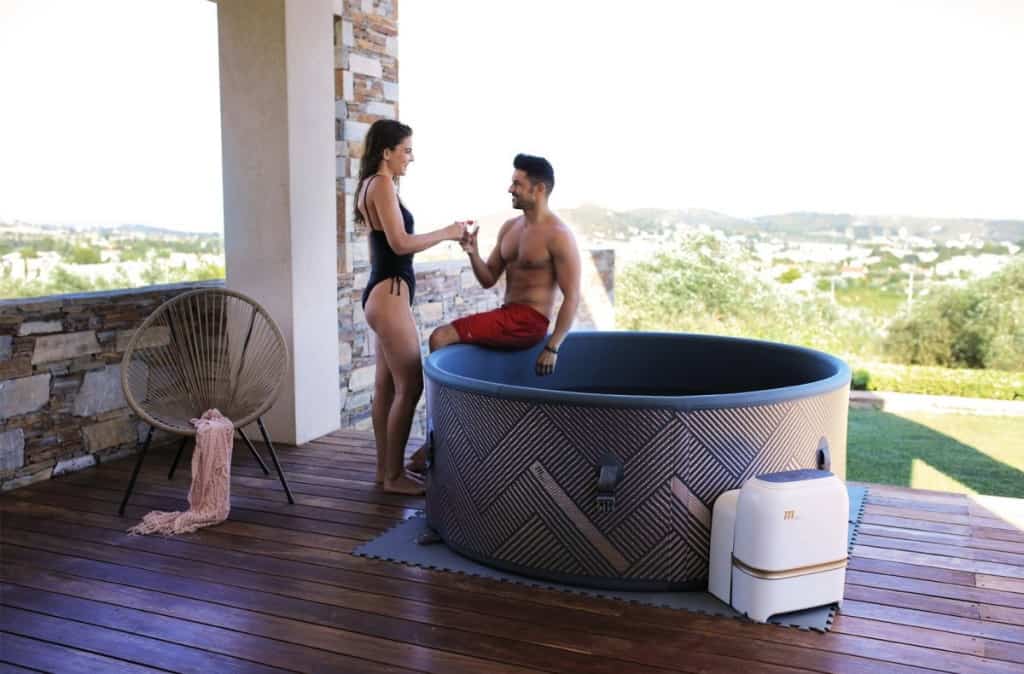$999
4 stars
Pat Pilcher puts Nokia’s new flagship Lumia 930 smartphone through its paces, and finds more than its attractive trim to lust after.
 MY FIRST CELLPHONE was an indestructible brick made by Nokia. It had battery life of a week, and a nifty security feature: If some thug tried to mug you for your phone you could throw it at them, and it’d kill them if your aim was good.
MY FIRST CELLPHONE was an indestructible brick made by Nokia. It had battery life of a week, and a nifty security feature: If some thug tried to mug you for your phone you could throw it at them, and it’d kill them if your aim was good.
Back in those days, Nokia was the big cheese when it came to phones. WAP was the mobile web, albeit at a zippy sub dial-up speed via GPRS. My phone could store 20 numbers.
A whole lot has changed since then, and now Nokia is a Microsoft subsidiary. The Windows Phone platform has struggled in a market dominated by Android and IOS, but Nokia are back and they’re upping the ante.
Their latest offering, the Lumia 930, is the first Windows powered device packing a quad-core CPU. Running Windows Phone 8.1, it also sports a decent 20-megapixel camera. Question is, will the 930 be enough to sway mobile users across from Android and IOS?
Look And Feel
Where previous Lumia smartphones were crafted out of a single slab of polycarbonate, the 930 speaks a whole new design language. An alloy band wraps its sides. The 930’s back has a soft,curved, organic texture and the combination lends it a distinctly premium feel.
Being a Nokia device, the amount of attention paid to its design is great. No corners are cut – they’ve all been chamfered and curved instead.
The alloy looks uncomfortable, yet in use its ergonomics are great. The 930 fitted my hand like a glove.
The 930’s simple design is easy on the eye. Lumia fan-boys familiar with the one-piece polycarbonate shell might struggle with its design. Thankfully, the 930 has hung onto touches from previous models, including a dedicated camera shutter button. And where other flagship phones have often opted for Tupperware, the 930 makes liberal use of gorilla glass and alloy. A lot of other smartphone makers could learn something here.
Bells And Whistles
One feature omitted is the always-on clock, which is no longer baked into the display. It was a simple yet dead handy feature. I miss it.
On the plus side,the screen is an eye-po pping 16 million colour OLED panel. Nokia have managed to cram 1080 HD resolution into a 5-inch screen, giving it 440PPI, which all but makes pixels disappear. Photos and videos shot by the camera look stunning on this screen.
pping 16 million colour OLED panel. Nokia have managed to cram 1080 HD resolution into a 5-inch screen, giving it 440PPI, which all but makes pixels disappear. Photos and videos shot by the camera look stunning on this screen.
Speaking of cameras, the PureView hardware is great but several shooting modes are absent. The 930 uses a 20-megapixel camera, which is otherwise hard to fault.
I’ve long been a fan of dedicated shutter keys. Another useful feature is the dual colour temperature LED flash. It allows the 930 to shoot natural looking low light photos. Colours looked natural and weren’t too saturated. Captured images were also crisp. Low light shooting was a pleasant surprise with picture noise levels moderately low.
The 930 lacks both panorama and HDR shooting modes, however. With smartphones now the shooters of choice for travellers, both are becoming must- haves. Here’s hoping Microsoft remedies this with future updates.
Where smartphones raced into what would previously have been high-end PC territory not so long ago, Windows phones were stuck with slower dual core CPUs and low-resolution screens. This has changed with the 930, which has a quad core 2.2Ghz CPU under its hood. It also packs 2GB of RAM and 32GB of storage, but lacks a microSD slot.
There isn’t much missing on the connectivity front: 4G, Wi-Fi 802.11ac, Bluetooth 4.0, NFC and GPS are all present. The 930’s extra spec also means greater power consumption. To this end, Nokia equipped the Lumia 930 with a 2420mAh battery. With typical use (Wi-Fi enabled, 4G, some calls and typical surfing/email), I managed to wring out just over a day. With less use I almost got two days.
On the OS front the 930 ships a slightly tweaked Windows Phone 8.1, with its abundance of features. I particularly liked the slide-down drawer for notifications. The utilities for monitoring data use and hooking you up to free Wi-Fi also struck me as being dead useful.
Verdict
The 930 felt like a well-designed and mature device that wasn’t lacking in any noticeable way. Add to this a top end design and solid spec and you’ve got the makings of a pretty decent smartphone that could in theory turn the heads of Android and even IOS users.
 It’s not all perfect though. The 930 still lacks application support in some areas. The Sonos controller app is a must-have on any smartphone I own but there are no free versions available in the Windows Phone App store. This said, the store now has a healthy 255,000+ apps, and so far the apps I’ve downloaded appear to be pretty well designed. All said and done, The Lumia 930 is hands down a pretty compelling argument to make the leap across to Windows Phone. PAT PILCHER
It’s not all perfect though. The 930 still lacks application support in some areas. The Sonos controller app is a must-have on any smartphone I own but there are no free versions available in the Windows Phone App store. This said, the store now has a healthy 255,000+ apps, and so far the apps I’ve downloaded appear to be pretty well designed. All said and done, The Lumia 930 is hands down a pretty compelling argument to make the leap across to Windows Phone. PAT PILCHER









